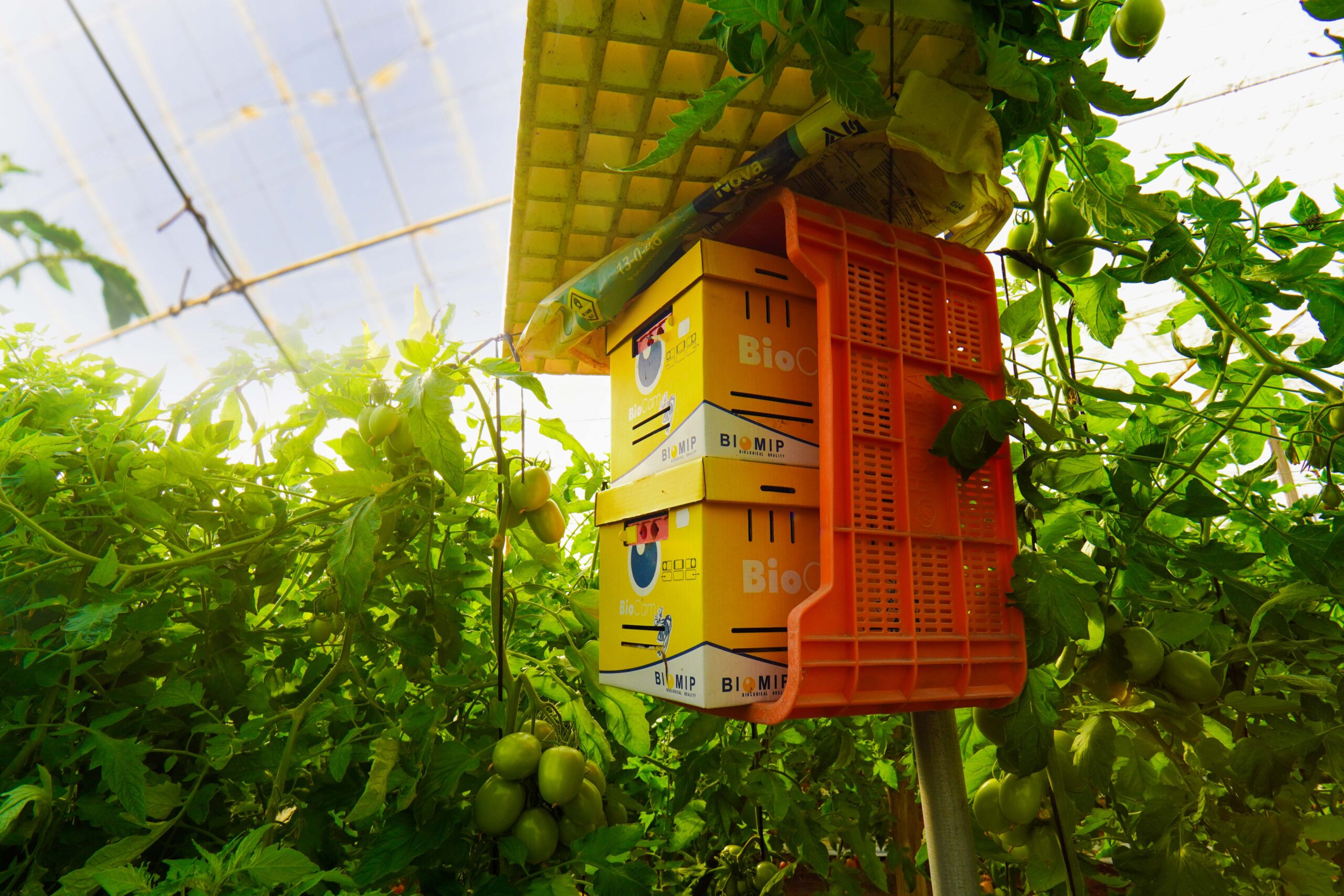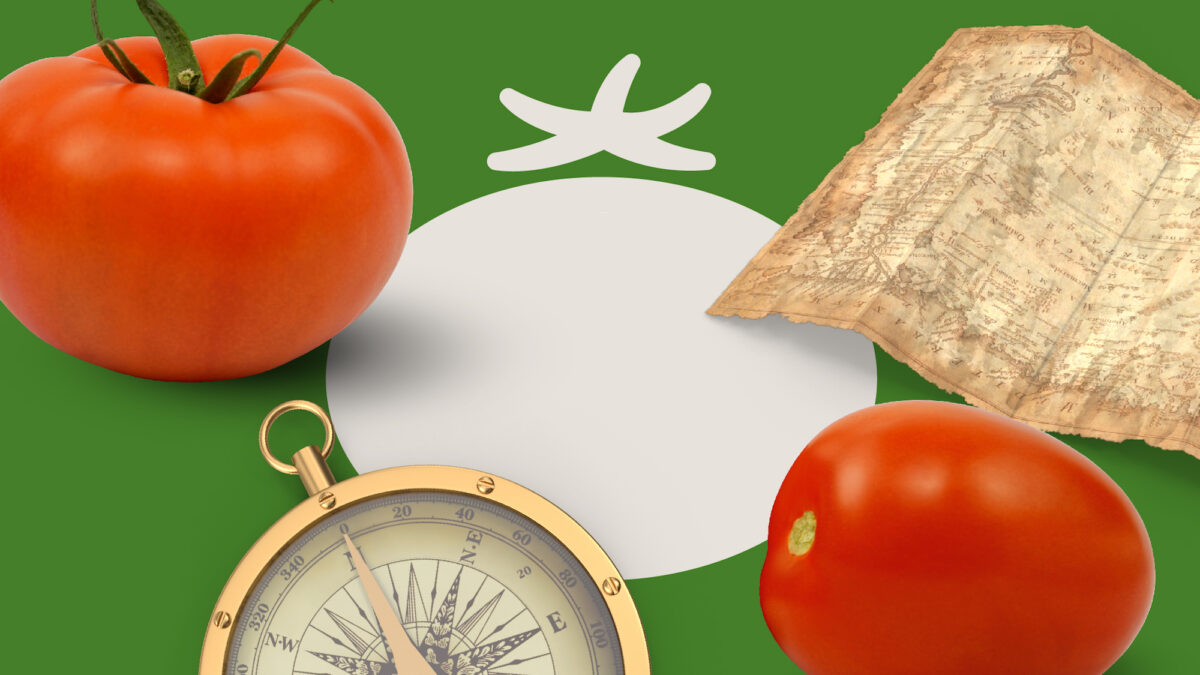
Natural pollination of Expoáguilas crops
July 13, 2023
Agriculture Day: Our reason for being
September 1, 2023The history of the tomato: From its origins to our fields
The tomato is a product that we are very familiar with, as it forms part of most of the preparations of our Mediterranean diet. However, his story is not so well known. In this entry we will try to summarize the most interesting data about its origin.
The tomato is native to the western regions of South and Central America, specifically what is now Ecuador, Colombia, Peru, and Bolivia. For thousands of years, the region’s pre-Columbian cultures used the tomato as a food and medicinal plant.
The ancient Aztecs are believed to have been the first to cultivate tomatoes in Mesoamerica, around the 7th century AD. These early tomatoes were small and similar in shape to cherries. The Aztecs and other indigenous civilizations valued the tomato for its flavor and medicinal properties.
As time progressed, tomatoes began to be cultivated in different regions of Mesoamerica. The Incas also cultivated tomato varieties in the Andes, where larger and more varied wild species were found.
During the 16th century, the Spanish conquistadors arrived in America and discovered the tomato. Initially, it was believed to be poisonous due to its similarity to other plants in the nightshade family, such as belladonna, which were toxic. However, tomatoes were prized for their ornamental appeal and began to be grown in gardens as ornamental plants.
It was in the middle of the 18th century when the tomato began to be accepted as a food in Europe. The Italians were the first to incorporate the tomato into their cooking, using larger, tastier varieties in sauces and traditional dishes like pizza and pasta. As its popularity spread, tomato cultivation spread throughout Europe and new varieties were developed.
At the end of the 19th century, the tomato became an important crop in North America, especially in the United States, where areas of mass production were established in states such as California and Florida. Improvements were made in agriculture and varietal selection, which allowed for higher productivity and greater diversity of tomatoes.
Currently, the tomato is one of the most important and consumed crops worldwide. Numerous varieties are grown that vary in size, shape, color, and flavor. Tomatoes are used in a wide variety of dishes, from salads and sauces to juices and preserves. In addition, tomato is appreciated for its content of nutrients beneficial to health, such as lycopene, vitamin C and antioxidants.




